In the realm of natural sweeteners, brown sugar holds a unique position, cherished for its rich, caramel-like flavor and the myriad of health benefits it is purported to offer. Unlike refined white sugar, which undergoes extensive processing to remove impurities and natural molasses, brown sugar retains some of its original molasses content, giving it a darker hue and a more complex taste. However, navigating the market for authentic brown sugar can be challenging, as numerous products labeled as “brown sugar” may not meet the criteria for genuine, unadulterated brown sugar. This guide aims to equip you with the knowledge necessary to discern the real from the faux, ensuring you bring home the pure, delicious, and potentially healthier version of this sweet treat.
Understanding the Basics of Brown Sugar
Before diving into the selection process, it’s crucial to grasp the fundamentals of brown sugar. Brown sugar is essentially sucrose crystals with varying amounts of molasses added back after refining. The molasses content not only affects the color and taste but also contributes minerals and a slight nutritive value compared to pure white sugar. There are two primary types: light brown sugar, which has less molasses and a milder flavor, and dark brown sugar, richer in molasses, darker in color, and more robust in taste.
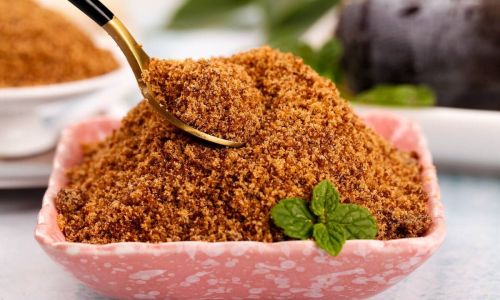
Identifying Authentic Brown Sugar
-
Check the Label
The first line of defense against imposters is reading the label meticulously. Authentic brown sugar should be labeled simply as “brown sugar” or specify its type (e.g., light or dark). Avoid products that list numerous ingredients, especially if they contain additives like artificial colors, flavors, or preservatives. Ideally, the only ingredients should be sugar and molasses (or cane syrup in some cases). -
Color and Texture
Authentic brown sugar has a natural, earthy hue ranging from light amber to dark brown. Its texture should be granular, with a slight stickiness due to the molasses content. If the sugar appears too uniform in color or has an unnatural shine, it might have been processed or coated to enhance appearance. -
Smell and Taste
Open the package and take a deep sniff. Authentic brown sugar should have a warm, slightly caramel-like aroma with hints of molasses. When tasted, it should be sweet with a rich, slightly tangy aftertaste from the molasses. If the taste is overly sweet or lacks complexity, it might indicate the presence of added sugars or artificial sweeteners.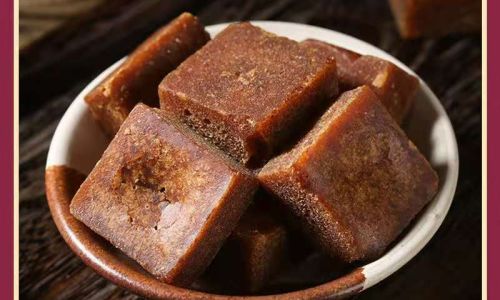
-
Origin and Processing
Knowing where your brown sugar comes from can provide valuable insights. Look for products sourced from reputable cane sugar producers, preferably those that use traditional methods of processing. Fair-trade and organic certifications can also be indicators of quality and ethical sourcing. -
Moisture Content
Brown sugar tends to harden over time due to loss of moisture. While this is a natural occurrence, freshly packaged authentic brown sugar should feel slightly damp and easy to break apart. If the sugar is excessively dry or has formed solid lumps, it might have been stored for too long or improperly.
Avoiding Common Pitfalls
-
Bleached and Refined Imposters: Some manufacturers bleach refined white sugar and add caramel color and molasses to mimic brown sugar. These products lack the authentic flavor and nutritional benefits of genuine brown sugar.
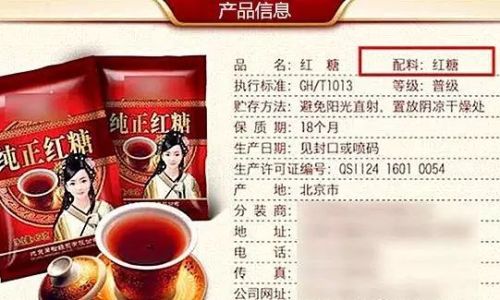
-
Substitutes and Alternatives: Be wary of products labeled as “brown sugar substitute” or “natural sweetener blend.” These often contain high-fructose corn syrup, invert sugars, or other refined sugars mixed with a small percentage of molasses, which doesn’t qualify them as true brown sugar.
-
Health Claims: While brown sugar may be a better choice than refined white sugar due to its added molasses, don’t be misled by exaggerated health claims. It’s still a form of sugar and should be consumed in moderation.
Storage Tips for Authentic Brown Sugar
Once you’ve secured a bag of authentic brown sugar, proper storage is key to maintaining its quality. Store it in an airtight container in a cool, dry place. To soften hardened sugar, you can place a piece of bread or an apple slice in the container overnight, as the natural moisture will help restore its texture. Alternatively, microwave it in short intervals on low power, stirring occasionally, until it reaches the desired consistency.
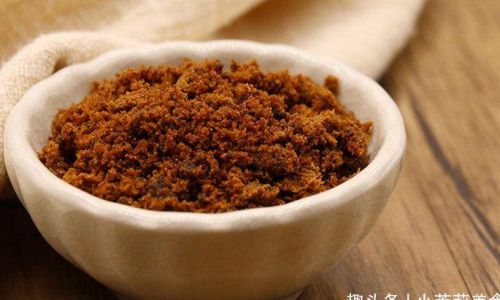
Conclusion
Selecting authentic brown sugar is a process that requires vigilance and a keen eye for detail. By understanding the basics, scrutinizing labels, and relying on sensory cues, you can ensure that your kitchen is stocked with the genuine article. Remember, authentic brown sugar not only enhances the flavor of your dishes but also brings a touch of natural sweetness and potential health benefits to your table. So, the next time you’re at the grocery store, armed with this knowledge, you’ll be well-prepared to discern the real from the faux and bring home the best brown sugar for your culinary endeavors.
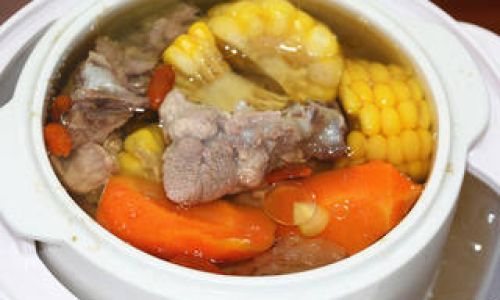
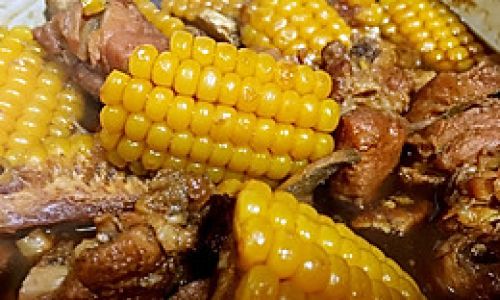
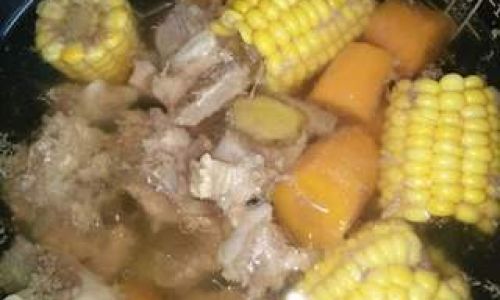


0 comments